
Post by : Raina Mansoor
Photo : Reuters
Peru, South America's copper giant and the world’s second-largest copper exporter, finds itself in the midst of a trade shift that signals a growing influence of China in the region. As the Donald Trump administration prepares to take office, it is already facing a significant challenge in a trade battle with China, which has rapidly expanded its footprint in Latin America, particularly in countries like Peru.
This week, Peru is set to host the Asia-Pacific Economic Cooperation (APEC) leaders, with China’s President Xi Jinping among the key attendees. Xi is expected to inaugurate a major new Chinese-built port in the country, marking a clear symbol of China’s growing economic presence. U.S. President Joe Biden, who will also be attending, faces the reality that Peru, once a strong partner for Washington in the region, has become a point of competition with China.
The growing dominance of China in Latin America is not limited to Peru. China’s trade in the region has expanded significantly over the past decade, driven by its demand for key exports such as copper, soy, corn, beef, and lithium—the very resources that South American nations are rich in. As a result, Beijing has become the preferred trading partner for many countries from Brazil to Chile, gradually eroding the political and economic influence of the U.S. in its own backyard.
Stay informed with the latest news. Follow DXB News Network on WhatsApp Channel
Li Xing, a professor at the Guangdong Institute for International Strategies, explains that China’s strategic push into Latin America helps counterbalance U.S. influence in the Indo-Pacific region. By focusing on economic ties rather than military presence, China has effectively avoided confrontation while securing its long-term interests in the region.
The shift in Peru is dramatic. Data from UN Comtrade reveals that China’s trade lead over the U.S. in Peru grew to $16.3 billion last year, a stark reversal from just a decade ago when the U.S. dominated trade in the country. This change has been accompanied by a rise in Chinese investment across various sectors, including energy and mining.
China overtook the United States in trade with Peru back in 2015, and this gap has only widened during both Trump’s "America First" administration and under Biden. Eric Farnsworth, a former State Department official, now at the Council of the Americas and Americas Society, notes that China’s approach to the region is both aggressive and strategic, learning quickly and positioning itself for the long term. He warns that unless the U.S. develops a more effective regional economic policy, Latin America will continue to tilt toward Chinese interests.
In contrast to U.S. concerns about Chinese influence, many in Peru view the relationship with China in a more practical light. While Washington has repeatedly warned of the potential strings attached to Chinese investment, Peru’s government remains open to partnerships with both China and the U.S. However, officials privately acknowledge that China has been more proactive in engaging with Latin America, particularly with large infrastructure projects like the new Chinese-controlled megaport in Chancay.
Located about 80 kilometers north of Lima, the port, built by China's state-owned Cosco Shipping, is set to shorten shipping routes for Peruvian and Brazilian goods bound for Asia. The port, which will be inaugurated by Xi, is expected to cut journey times to ports in China by 10 to 20 days, providing a significant advantage for trade. The Peruvian government views the port as a critical investment in enhancing the country’s position as a trade hub, with ambitions to become the "Singapore of Latin America." The port will also benefit soy producers in Brazil, who have been seeking more efficient shipping routes to Asia without relying on the Panama Canal.
Additionally, a $10 billion rail project is under consideration to further boost connectivity between Brazil and Peru, allowing more Brazilian soy to be transported overland and shipped to China. The growing trade relationship between Brazil and China reflects the broader trend of South American nations increasingly looking to China for trade and investment opportunities.
While some local officials and diplomats continue to maintain a diplomatic balance between the two powers, there is a clear recognition that China’s economic engagement with the region has been more substantial. "What China does is concentrate its investments in Latin America and Africa," said a senior Peruvian official on condition of anonymity, highlighting China’s focused approach to securing the resources it needs.
The Chancay port, a significant piece of infrastructure, reflects the broader trend of Chinese investment. Brazil’s ambassador in Lima, Clemente Baena Soares, emphasized the port’s potential to significantly cut shipping times for Brazilian soybean farmers. José Tam, president of the Peru-China Chamber of Commerce, described China’s approach as proactive, noting that its clear signals of enthusiasm have helped bolster its trade and investment ties in the region.
China’s increased presence in Peru and Latin America has raised concerns in Washington, but the U.S. has struggled to compete with China’s growing influence in the region. U.S. officials have urged the region to view Chinese investments with caution, arguing that Washington remains a more reliable partner. Yet, as Peru and other Latin American countries continue to look for trade partners who offer concrete investments, it seems clear that China is positioning itself to remain a dominant player in the region for years to come.
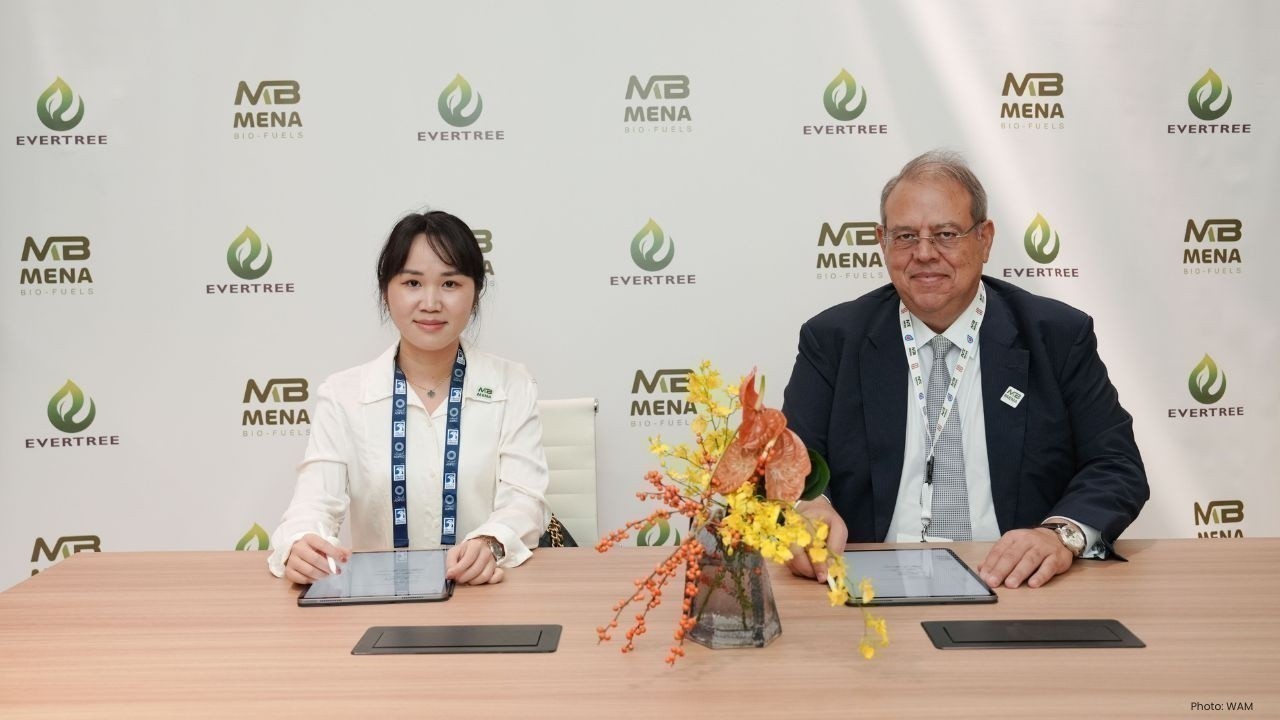
UAE’s First SAF Facility in Fujairah Gains Key Partnership
MENA Biofuels teams up with Evertree to convert waste into SAF, boosting UAE’s clean aviation fuel g
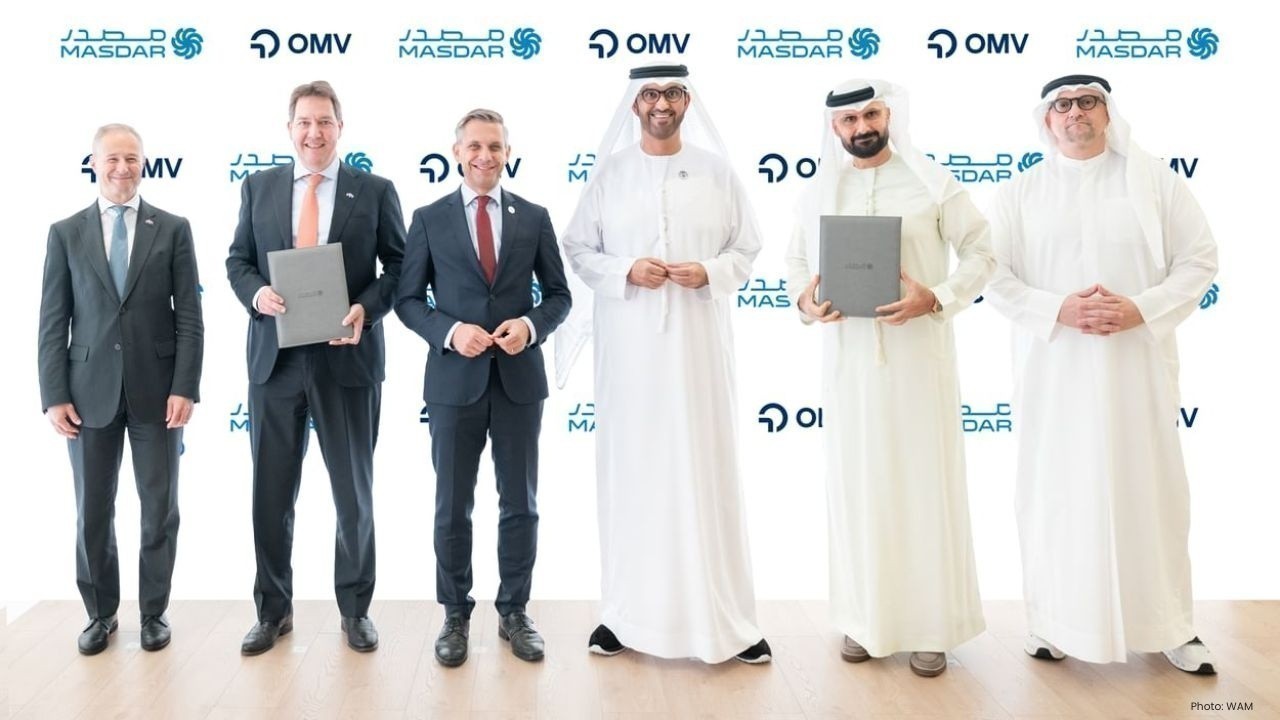
OMV-Masdar JV to Boost Green Hydrogen in Austria
Masdar and OMV join forces to build a 140 MW green hydrogen plant in Austria, marking one of Europe’
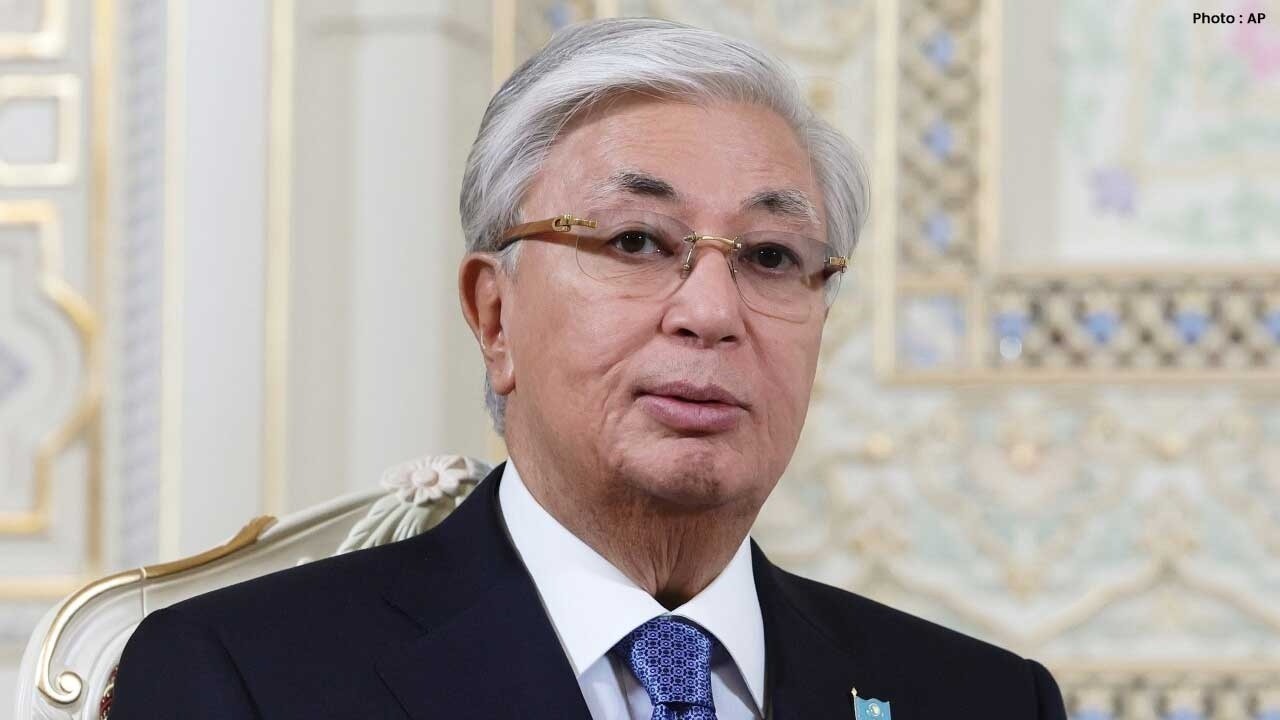
Kazakhstan to Join Abraham Accords With Israel as Trump Revives Middle East Peace Push
Kazakhstan to join Abraham Accords with Israel, marking a symbolic move supporting Trump’s renewed M
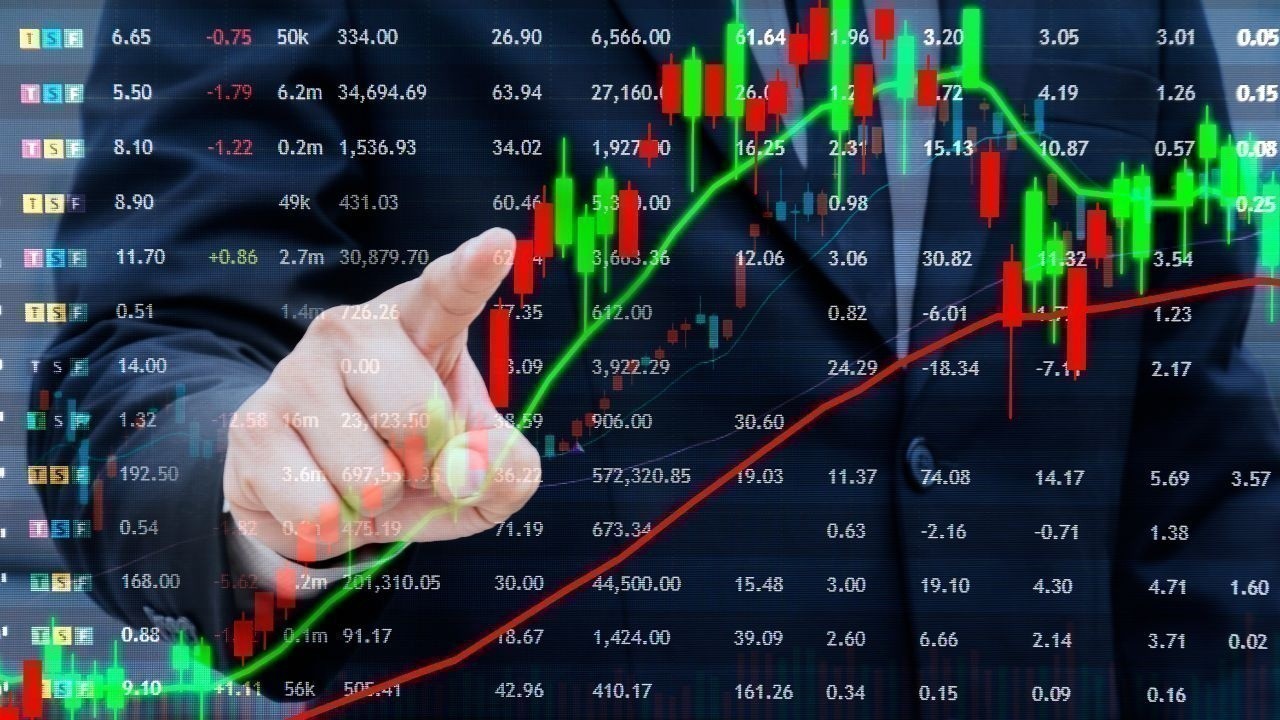
Indian Markets Slip as Profit-Taking Dampens Sentiment
Indian stock markets fell early as profit-taking offset strong earnings and US-India trade progress,
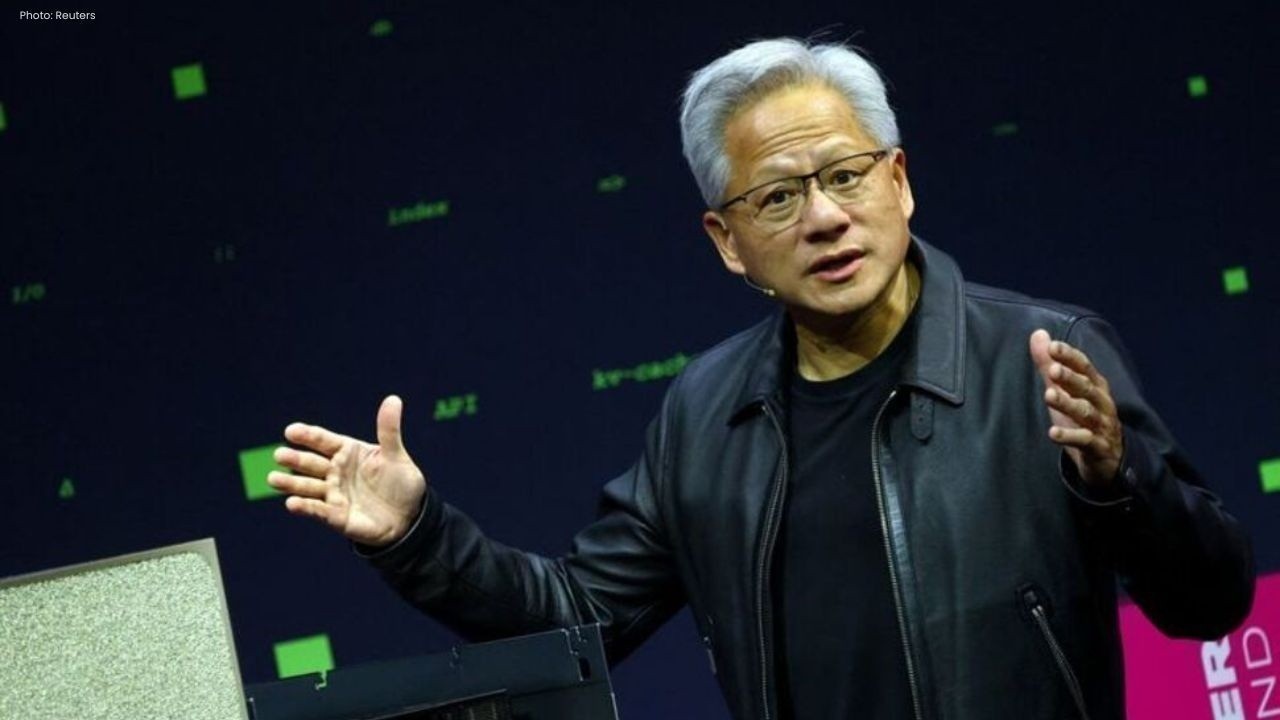
Nvidia CEO Visits Taiwan, Signals Pause in China Shipments
Nvidia CEO Jensen Huang visits TSMC in Taiwan, confirms no shipments to China for now, but leaves do

Katrina Kaif & Vicky Kaushal Welcome Baby Boy, Bollywood Cheers
Katrina Kaif and Vicky Kaushal become parents to a baby boy, receiving heartfelt congratulations fro

PoK Boils as Gen Z Protests Pakistan’s Education Policies
PoK erupts as Gen Z protests Pakistan’s education policies, rising fees, and exam chaos, demanding j

The New Season Alert Maharani Season 4 Coming Soon
Maharani Season 4 arrives on SonyLIV with Huma Qureshi as Rani Bharti facing new rivals bold politic

Paramount+ to Stream PBR’s Top Bull Riding Series in 2025
Paramount+ secures 5-year rights for PBR's "Unleash the Beast," streaming live across 17 states from

Zohran Mamdani Victory Speech Goes Bollywood with Dhoom Machale
Zohran Mamdani wins NYC mayor race, becoming the city’s first Muslim and South Asian mayor, making h

UAE Life High Stress 3 Simple Ways Expats Can Manage Pressure
Expats in the UAE face daily pressure and burnout Learn 3 simple effective ways to manage stress fin

Smart Meal Prep in Dubai Save Money Stay Healthy
Plan smart eat fresh Discover how meal prepping in Dubai helps you save money eat healthy and enjoy

The Ultimate Guide to Dieting in Dubai Keto vs Vegan vs Mediterranean
Discover Dubai’s top diet trends Keto Vegan and Mediterranean Find which plan fits your lifestyle f

Stay Fit in Dubai 7 Fun Outdoor Workouts Without a Gym
Explore 7 fun ways to stay fit in Dubai from beach runs to desert hikes and skyline yoga No gym nee
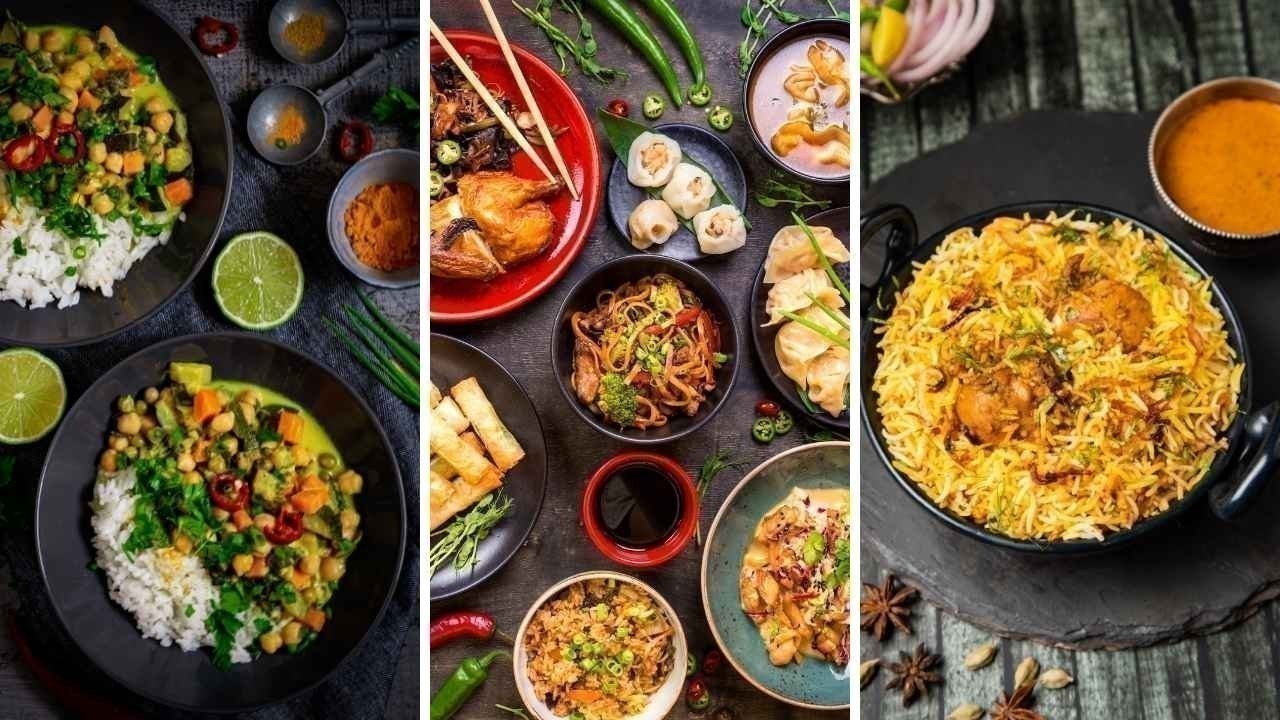
Beyond Biryani: Mastering Portion Control in Dubai’s Melting Pot of Cuisines
Discover how to enjoy Dubai’s diverse cuisines wisely Learn simple portion control tips to stay heal